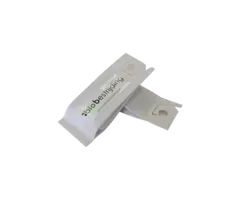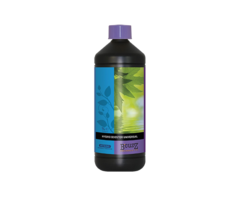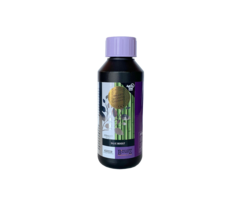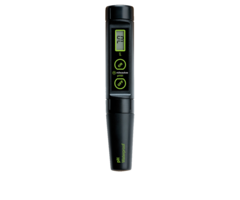BioBestrijding | Gauze Fly against Aphid ~ Chrysoperla Carnea
BioBestrijding Control Gauze Fly against aphids
Attention! This product consists of live animals and is only available for order in the Netherlands or Belgium. If you order more than just Bio Fight, there will be an additional charge of € 7.95 due to dropshipping from the supplier.
The Chrysoperla carnea is a lacewing which is used as a natural predator of mainly aphids. The adult Chrysoperla carnea flies eat pollen and honeydew and are not predatory, but the larvae are known to be extremely voracious and feed on up to 70 different insect species. The use of Chrysoperla is ideally suited for acute control of aphids and is suitable for low-growing crops. Especially if there is already an aphid infection, Chrysoperla is the best choice.
The eggs of the lacewing are oval and are laid by the female near the aphid hot spots. The larvae that hatch from the eggs are 1 millimeter long and at birth are already voracious predators that immediately start looking for prey. The larvae have large jaws with which they grab their prey. The prey is stung and injected with an enzyme that causes the internal organs of the prey to digest. Then these bodily fluids are sucked out of the prey. The number of aphids that a larva fights can be as high as sun 100 to even 600 aphids per day. Besides aphid control they also eat spider mites, thrips, mealy bugs and other small insects. A real glutton also known as the aphid lion.
Life Cycle
A Chrysoperla female lays hundreds of small eggs at a rate of 2 to 5 per day. The eggs of the lacewing are oval and are laid by the female on the underside of leaves and near the aphid hot spots. The eggs are generally laid in the dark. The eggs are light green at first but turn gray in later stages. The eggs hatch within 3 to 6 days and the voracious larva of about 2 millimeters long is born. After 2 to 3 weeks, the larva is at its largest, sun 8 millimeters long. At this point, the adult larva will spin a cocoon in hidden places in the plant. From this, the adult lacewing emerges after 10-14 days. An adult is 12-20 mm long and are green in color. If no food (pollen and honeydew) is present in the plants the adults will fly away, so it is important to keep an eye on whether there is enough Chrysoperla lacewings present. The total life cycle takes about 4 weeks under the right conditions. At higher or lower temperatures the reproduction of the Chrysoperla carnea is strongly influenced. Repetition of the application is desirable after 2-3 weeks for a lasting effect.
Quantity required
We recommend 1-5 units per m2, depending on the degree of infection. For an optimal control it is recommended to reintroduce Chrysoperla with an interval of 2-3 weeks.
Temperature and humidity
- The optimum humidity is between 50-70%.
- The temperature should be at least 15 degrees. The optimal temperature is between 20 and 26 degrees.
Releasing instructions
- Introduce Chrysoperla carnea as soon as possible after the first appearance of aphids.
- Upon receipt, release as soon as possible, lacewings are not tenable.
- Open the bags at the edge and hang scattered in the plants. Remember that the flies can fly freely from the bags.
- Hang the sachets in a shady place and make sure that no direct water can run into the sachets.
- Repetition of the application after 2-3 weeks is advised.
Combination of Gauze Fly and Parasitic Wasp
For an optimal control of aphids we recommend to use Chrysoperla carnea in combination with parasitic wasps. The Chrysoperla works especially well as a corrective control of aphids where the parasitic wasps mainly do their job preventively. These 2 predators combined provide a total control of aphids.
Storage advice
Biological beneficials are living animals and have a (very) short life cycle. They should therefore be introduced into the crop as soon as possible after receipt. Storage can negatively influence the quality and is only possible under the conditions mentioned below.
- Storage life: 1-2 days
- Storage temperature: 8-10C
- Store in the dark and flat







